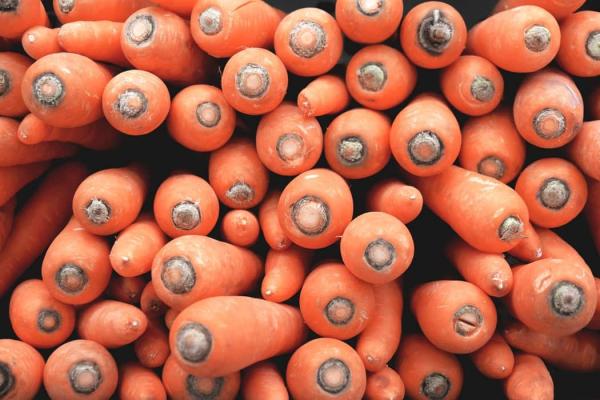Fight Food Waste with Your Phone: Apps That Curb Produce Pollution
- February 6 2018
- 3 min read
Fight Food Waste with Your Phone: Apps That Curb Produce Pollution

BOMBSHELL: As much as 40 percent of the food produced in America is not eaten. What happens to it? It ends up as food waste, contributing to climate change and making the world a stinkier place. And consumers share a great deal of the blame.
The following four apps, however, can help you cut down on that blame and shame by helping to curb this not so tasty habit. (Three of the four require sizable amounts of community involvement, so even if there is no online community in your area, go ahead and get it started.)
Olio
Olio is a food sharing app. It encourages neighbors to take that which was left over by others and claim it for themselves.
This app does rely on a significant user base for its peer-to-peer network. So far, this has only happened in major cities.
If you happen to come across an Olio network, you have to move fast! 40 percent of listings are claimed within an hour!
According to the app's co-founder, Tessa Cook, "Once people take the leap of faith, they're almost universally delighted by the amount of groceries people give away when they leave town or start diets."
Olio is available for both iPhone and Android.
Food For All
When food gets to a certain date in restaurant kitchens, for safety reasons it can't be used anymore...no matter what. Restaurants getting ready to throw things out sometimes offer discounts on meals made with these perfectly good items. Sometimes these discounts can be as much as 80 percent off! These discounts can be found on Food For All.
Unfortunately, this app is limited to NYC and Boston, but Food For All plans to include five new locations by summertime. You can also register as a business (to give away food) or register as an affiliated donation/homeless shelter (to receive meals donated by app users) right on Food For All's website.
To make sure that everything can be claimed, descriptions are deliberately vague. This wording includes things such as "three pastries" or "salad with protein". This prevents users from just waiting for their favorite dishes.
"We've enlisted 60 restaurants since launching in August 2017 and have already saved 1,000 pounds of food," says co-founder Sabine Valenga.
You can find Food For All on both the Play store and the App store.
Food Rescue US
Join 1,900 other "food heroes" in 12 locations who all receive alerts when surplus food needs to be picked up with Food Rescue US.
This surplus typically comes from grocery stores, farmers markets, and caterers. The surplus is then delivered to soup kitchens and and other hunger-prevention organizations.
If you would like to help, but constant notifications seem like a burden, there is still a way to be a "food hero". You can opt out of being "on call" and sign up for a recurring route, i.e. "a stop at Whole Foods every Saturday at 2 p.m."
Alison Sherman says "We're not trying to influence policy; we're feeding people. I believe we can end hunger in the U.S. one community at a time." She is Food Rescue's director of communications.
To become a food hero, visit the App store or the Play store.
USDA FoodKeeper
This joint venture from the United States Department of Agriculture (USDA), Cornell University, and the Food Marketing Institute is helping consumers make sure what they consume is nice and fresh. For example: Freezing ground beef? Just hit "add to calendar" and in three months, you'll be reminded that it's time to use it or lose it.
There are how to videos on things such as safe ways to thaw poultry. Unfortunately, these watch like a home-ec lesson, making them a little corny.
"Buying things on sale and letting them spoil doesn't save money or food. You need to think about your inventory," said Robert Gravani, director emeritus of Cornell's National Good Agricultural Practices Program.
You can download FoodKeeper on the Play store or the App store.
Whether you want to help a restaurant save money or offer to take the extra tomatoes down the street, helping to curb food waste is something that's good for your wallet, your stomach, and the planet!
Gain access to Orders, Tracking, Custom Options and Much More!